I am an artist. I’ve said that since the first grade. Most artists know this already starting at a very young age. It is in our blood, and we must create to feel at ease in our own skin. Painting, drawing, recreating the world, whether beautiful and inspiring or sad and desolate, it all lends itself to the beauty as seen through the eyes of an artist.
The first pencil line is placed just so… And then it’s erased and redrawn. As an artist, no matter your style, be it a Pollock, a Degas, a Sargent, Mucha, Alan Lee, or Waterhouse, you strive for perfection. And you don’t stop until you feel you have achieved it.
- Alphonse Mucha
- John William Waterhouse
- Alan Lee
“But… I’m a writer,” you say. “I can’t… do… that, as much as I wish I could.”
I say… Yes, you can. You are an artist too, and your talent can be held against any great works of art, because essentially, you are painting a picture; a picture of a world and a life (or several). The painter’s job is also to tell a story. It could be so subtle that it is told with nothing but the angle of a lowered brow, the slight furrow that such a look of fear, pain, worry, or even sadness can create; and the direction the eye is looking to. Who or what is there? A lover? A sick child? A pot about to boil over on the stove? An unpaid bill? The story is there, yet it is the words and details of that story, that are created in the eye of the viewer. Just as in music, the musician paints a story with melodies and lyrics that only hint at what is really there, so too, does a writer.
Let’s look at each step the illustrator must take to complete a painting, and compare this to writing. In this way, you can discover the artist within, and maybe these tips can even help you become a better one.
From the very beginning, an artist is schooled in looking at the details. When working on a piece, we don’t spend a lot of time looking at it as a whole. Instead, we see shapes, we see colors, we see the negative space between objects. I’ve taken several life drawing classes, where a model must sit for hours, in the nude, with all of us artists staring at him or her. I was only 15-years-old when I took my first life drawing class, the model was male, so to a teenage girl, this was… Eye opening. Yet, within the first few minutes, I quickly forgot what or who I was looking at. Instead, I was seeing the shapes and lines, the small details that make up the whole, and I was beginning to realize that the shape of the human body is amazing and beautiful, male or female, and there is nothing embarrassing about it, because like all living things, it is a work of art. (This is, after all, why the masters of the Renaissance spent so much time trying to perfect and understand it down to the smallest nuances and curves.) Not until we step back to examine the work we are doing, do we see it as a whole. And what we are really looking at is first on our list of what is most important.
1. Composition: An artist looks at the world very closely; details, colors, shapes, and lines, they all mean something, and how and where they are arranged is one of the most important decisions an artist must make. A writer must decide these things as well, but just like an illustrator, the composition only needs to include what is important. Not every detail must be added, because to the eye it would be a cluttered mess, or to the reader, it would be boring and the actual story will get lost. Yet if you include too little, it won’t feel real. The viewer or reader won’t get drawn into the world you are working so hard to create. There is a fine line between too little and too much. So stepping back and looking, or reading what you have written all together, you will feel if something is off. In writing, the pacing will be wrong. In drawing, the eye will be drawn away instead of into the piece.
- Simple shapes form the ships in the background; monochromatic shadows that frame the figure, with only the bare minimum of detail.
- Very few brush strokes and color depict the dark forest in the background, while the branches draw your eye to the emotion, the area of more detail and light, her face. And here is where the story is shown to us.
- The focal point is centered, yet the wisps of smoke and banners move your eye around the image, the sword brings you back to center. In an instant, the story is revealed
2. Color and Light: The setting of any painting will help to provide this, but it is the artist that must draw out the actual mood the setting creates. Shadows help to hide what is implied, but not needed, while the color of those shadows is very important. Blues and purples are usually the favorite choices, as no shadow is ever just gray. Yet what kind of blue is it? Is it the bright, crisp and cool sapphire blue of a moonlit night? Is it the calm cerulean that hints of indirect light reflecting in from another room? Or is it a deep indigo that hides secrets away in dusty corners? Are the colors bright and fresh, or are they muted and dulled, or even dirtied with a bit of brown. How you choose color helps to tell your story. As a writer, if you use these words to describe the atmosphere, a reader is instantly drawn in, mesmerized by the colors of our real world that they may see all the time, but never truly notice. As an artist, you must notice these details, point them out to your viewer, and make the setting come alive. If a shaft of light is angling through the room, is it the harsh and cold, headache inducing white of a flickering fluorescent? Or is it the warm, life giving yellow-orange of a sun, bringing hope and renewed energy? Is there fog or smoke or dust swirling, dancing, or hanging like a shroud within that shaft of light? What mood do these descriptions invoke? How you paint it, will tell the story; how you write it will paint that same picture in the reader’s mind.
- Detail in shadow shapes painted in monochromatic blues. The only color brings the character into focus. We see Mystery and Mischief in her pose, but a sense of freedom where she sits high on her perch overlooking the city.
- The hazy moon beams illuminate dust particles in the ancient ruins, drawing your eye to the burning torches and the open door, and a story that is full of secrets.
- So much detail in the shadows, or so it seems, if you look closely, those lines are really quite simple, letting your eye fill in what you think is there because of what we see in the foreground. The moon beam draws your focus to the open book, and reveals the story of this mouse reading spells. Was he a wizard that used a bad spell? Or have mice become the rulers of the age, and he is discovering the former world of man long gone?
3. Painting the character: The third most important detail in your scene is the character. Whether it is a computer screen with a single green prompt square, blinking endlessly, waiting for the correct sequence of numbers to be entered to avoid another disaster, or a woman reclining on a rich chaise of burgundy and gold, wearing only a single, heart-shaped diamond necklace, these are the subjects that will bring focus to your setting. The background might be painted subtly and quickly, with swift brush strokes and enough color to set the scene, but the main focus will always be just off center, yet detailed and bright enough to draw the eye. So too, must a writer use a little extra detail in the description of these important focal points. Oft time lines, shadows and light, will pull the viewer to the subject, yet secondary details will be positioned in such away that your eye never stays in one place. The brain wants to follow these lines and shapes, so always the viewer must come back to the focal point, and there, in that instant, the story has taken shape.
- Here bright colors are used, yellow and gold, greens muted with blue and purple, rust to add some warmth in a quickly painted background. We feel a sense of peace and intimacy, yet the figure’s expression could be pensive and thoughtful. What is she thinking?
- The entire story in this portrait is her expression. The slight downcast tilt of her head, her eyes submissive as she stares at something she is forced to look at. The bleeding lip telling us that she is obeying out of fear. Yet there is the slightest nuance of her gaze that tells us something else. A need to fight back, an anger growing. We know, that once she gains the courage she needs, and just existing is no longer enough to survive, she will make her stand and kick some serious ass. At least, that’s what we all hope for, right?
‘The stage is set, the curtain rises; we are ready to begin.’ –Sherlock: The Abominable Bride
So, we have our composition, we have our color and mood, and we have our characters, waiting for us to put them into action and give them a purpose; we play god and breathe into them, life.
A writer’s job is the same as an illustrator’s, but instead of paint, we must use words. We collect words and study them the way a painter will study and mix colors on a palette. We learn the craft and we practice the technique. Just like the writer has a voice, the painter has a style, something truly unique and always their own. We borrow from the masters that came before, we use bits and pieces of their voice or their style to make our own and recreate what we love. A writer must provide a voice to all five senses, a painter must invoke the memory of those senses by using color. An illustrator will use broad strokes and splatters of color to give the sense of movement and action, while a writer will use bursts of short and clipped sentences, to guide the reader toward the urgency and rush that the characters are feeling.
- The hard angle of the pose, the shape of the fire, and the hastily painted background and border areas bring movement and a sense of urgency to the action.
- Hastily painted background, less detail in the figures along the sides, the direction of their gazes and their weapons pulls us right into the center of the scene. You can almost hear them screaming, the thundering hooves as they charge. All of this created with only the red and orange section of the color wheel.
- The sun’s rays shining through the tearing sails, the swinging figures, the bending and blurred edges as though a camera is being used, pulls your eye down to where the real story is happening. The two figures in the foreground, and the epic battle being waged.
A writer writes to explore the state of living; a painter paints to study and recreate the beauty that we have been given awareness to see.
Think of the details, not only as you write, but as you move through your day. Notice the colors around you. Grass is not just green, it is a variation and mix of yellow, gold, pale green, blue, and even purple. The world is vibrant, even a cement sidewalk is full of color. Bring that color, light, and shadow into your worlds, and they will become more real than you could ever dream.
Below are two excerpts describing two very different mountain ranges from my current series, The Shifting Balance, as examples of how details like color and light, and illustrating some of the five senses can paint a scene as clearly as a picture in the mind. (It won’t be hard to guess which is from the POV of a character, content and happy and in love, and which is from the POV of a character who is being held prisoner):
‘Mahren was holding her breath as they climbed over the next rise. This would mark the farthest east she had ever traveled. In the distance, she could just make out the hazy spire that was the Spike of Anwhar. She had heard the stories of the massive peak, but never had she actually seen it. It rose higher than any other mountain; the ancients had believed it to be the one and only gateway to the stars. No one could reach its apex, for the snow storms and fog that swirled around its face were thought to be poison, and anyone who tried to breathe it had succumbed—if they had not already been buffeted off the icy slopes by the high winds.
Today was sunny and clear, and the snowmelt was abundant; like icy tears of joy running down through the foothills, hailing the first symphonic airs of spring. The uppermost pinnacles of the Anwhars were muted colors of violet and gray. White snowcaps refusing to give way, disappeared into the cerulean atmosphere to hide away behind the drifting clouds.
Even though she had never come this far, it was still her home. Mahren could smell the familiar trees around her; the grass, just barely greening as the days began to warm, was fragrant with dew. The sun was already moving higher overhead. She took a deep breath reveling in it all. The others of their party were silent, quietly musing over their own secret thoughts.
Sam’s eyes moved to her, and his smile was nearly as warm as the sun; he could feel her silent joy. He reached over the small gap between their mounts and took her hand, squeezing it affectionately. She could not quiet the small giggle that escaped her lips.’
~~~~~
‘The climb wasn’t as far as the journey up to the Gate of Light, but it was still grueling. When they finally made it to the top, the Shifts stopped to survey the expanse before them. Sam worked to keep from falling to his knees, if he did, he wouldn’t be able to get up again. Catching his breath, he lifted his gaze to see what lay ahead.
Stretching as far as he could see was a wasteland of charcoal gray; large fractured boulders and rock lay scattered across the land as though they had been tossed there. Tufts of brown, weedy grass dotted the rolling hills. There was barely any green at all. A few spindly, crooked trees, curled and reached for the sunless sky; most were thorny and gnarled. Sam swallowed hard. If Dehorc really was a place that one could visit, then he was there.
Vatiah tugged and they began walking. The crunch of their boots, the constant breeze in his ears, was the only sound. There was not a bird or an animal in sight, nothing that could be considered part of the living—color didn’t even exist.
They walked for several miles, and Sam began to wonder if there was even water on this island; he hadn’t seen so much as a patch of mud. The place was as dry as the desert. The sky didn’t change much, he couldn’t be sure of the time of day. Maybe the sun never shined here. Occasionally, distant rumbles of thunder shook the ground, and the cold wind brought the stench of rot and sulfur. He could only assume that it was from the smoke and ash of the Burning Mountain.
Ahead, a menacing ridge of mountains appeared; its pinnacles sharpened by time and wind. Sahdiah led them to the top of a hill and then stopped.
“Welcome to your new home,” she gestured to the wide valley below. It stretched as far as the eye could see. Curving away to the left was the reaching spikes of a dark mountain range, its highest peaks in the distance. Yet the other half of the valley was lighter brown, where even patchy tufts of long grass and bushes filled a distant landscape of moors, covered in drifting wisps of fog and mist. Small wetland ponds reflected the gray sky. Beyond that was another ridge of white peaks, reaching toward clouds and specks of blue. A land that was alive, normal—livable.
“I hope we are going that way,” Sam muttered, nodding toward the better side with his head—he had a feeling he already knew her reply.’
As a fun writing exercise, choose one of the images above and describe it with words. Create a story around it.
If you like these illustrations, visit my Pinterest Board. I collect inspiring images to use for both writing and painting.
Or follow Epic Fantasy Writer on Pinterest, where we have lots of great articles and illustrations for writers and lovers of fantasy.
Credits:
Summer – by Alphonse Mucha
La Belle Dame sans Merci – by John William Waterhouse
21st Hall of Moria – by Alan Lee via http://www.theonering.com/galleries/professional-artists/the-fellowship-of-the-ring/21st-hall-of-moria-alan-lee
Moonchild – NeverEnding Story – by Steve99 via Pinterest
Pirate – by David Grove, via http://muddycolors.blogspot.com/2011/06/david-grove-hall-of-fame-illustrator.html
Woman with dagger – Title Unknown – Legend of the Cryptids – Applibot, via Pinterest
Spirits of War – by Artist Unknown – via Pinterest
Moonlit City – Title Unknown – by Artist Unknown via http://theartofanimation.tumblr.com/post/89394987348/luis-melo
Siege Temple – Artist Unknown, via Pinterest
Master of the books by Waldemar Bartkowiak – via http://mancubus.cgsociety.org/art/master-books-fantasy-3d-1230407
Golden – by Daniel F. Gerhartz, via Pinterest
Sansa, via http://themetapicture.com/unbelievable-even-watching-the-process/
Ordeal of Purphoros MTG – by Maciej Kuciara via ArtStation.com https://www.artstation.com/artwork/ordeal-of-purphoros-mtg
Total War:Attila – by Mariusz Kozik via ArtStation.com https://www.artstation.com/artwork/total-war-attila
Hell Storm – by Sinto-risky, via http://sinto-risky.deviantart.com/art/Hell-storm-360183005
###
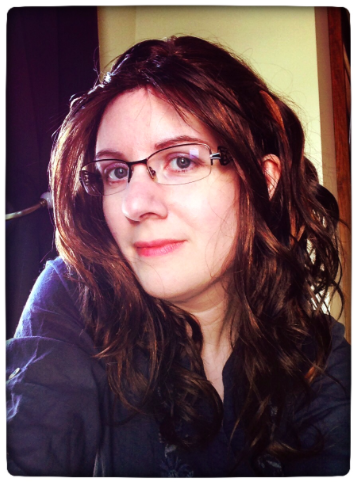 Melissa Berg is the author of the Shifting Balance Series, which has been her passion for the past ten years. She also works as an illustrator and studied art and design at Madison Area Technical College in Madison, Wisconsin. When she isn’t writing or painting or entertaining her son, she is pursuing the art of 3D computer illustration/animation, as a side project and to feed her fascination in the ever-expanding medium used for storytelling. She currently lives in Minnesota with her husband, young son, and a crazy Border Collie.
Melissa Berg is the author of the Shifting Balance Series, which has been her passion for the past ten years. She also works as an illustrator and studied art and design at Madison Area Technical College in Madison, Wisconsin. When she isn’t writing or painting or entertaining her son, she is pursuing the art of 3D computer illustration/animation, as a side project and to feed her fascination in the ever-expanding medium used for storytelling. She currently lives in Minnesota with her husband, young son, and a crazy Border Collie.
Check out my website or join my mailing list for further updates: http://theshiftingbalance.com
‘Like’ my pages on FaceBook: https://www.facebook.com/theshiftingbalance/, https://www.facebook.com/Melissa-Berg-Illustration-334413330053966/
Follow me on Twitter: @WhimzicalMusing

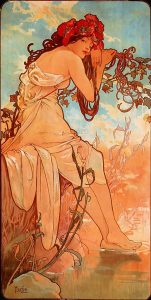
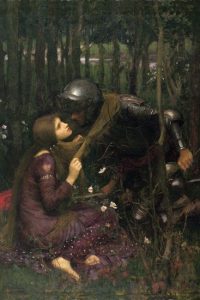
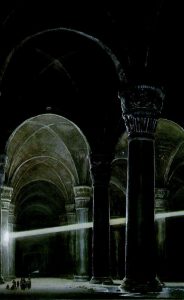
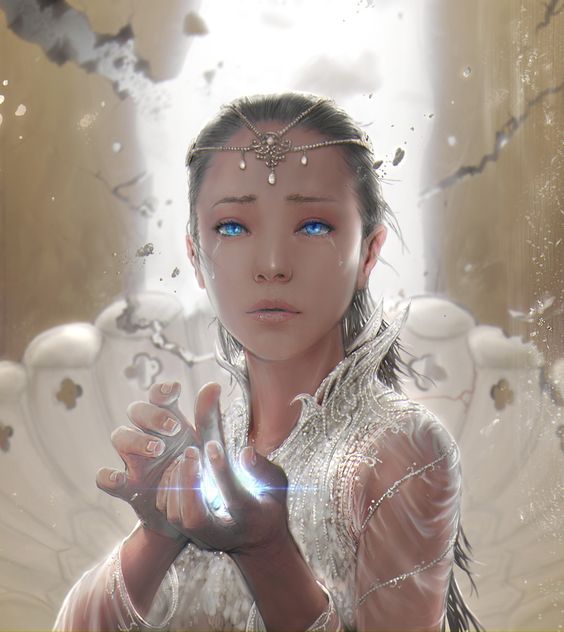

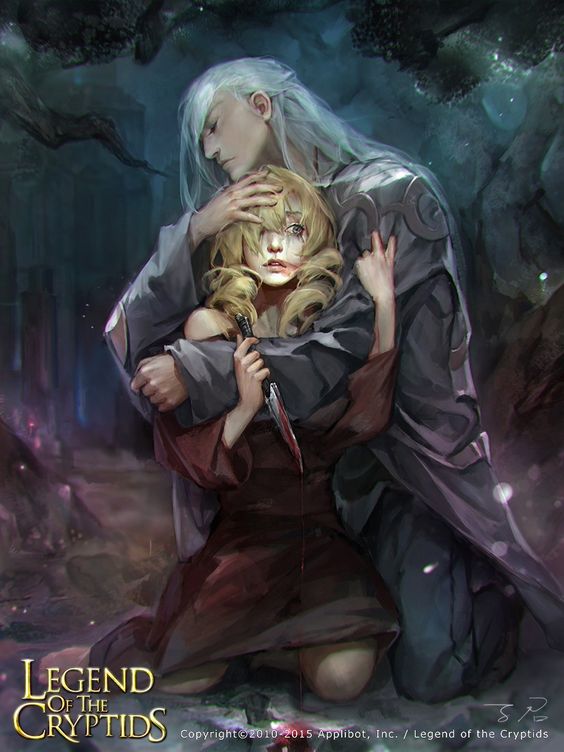



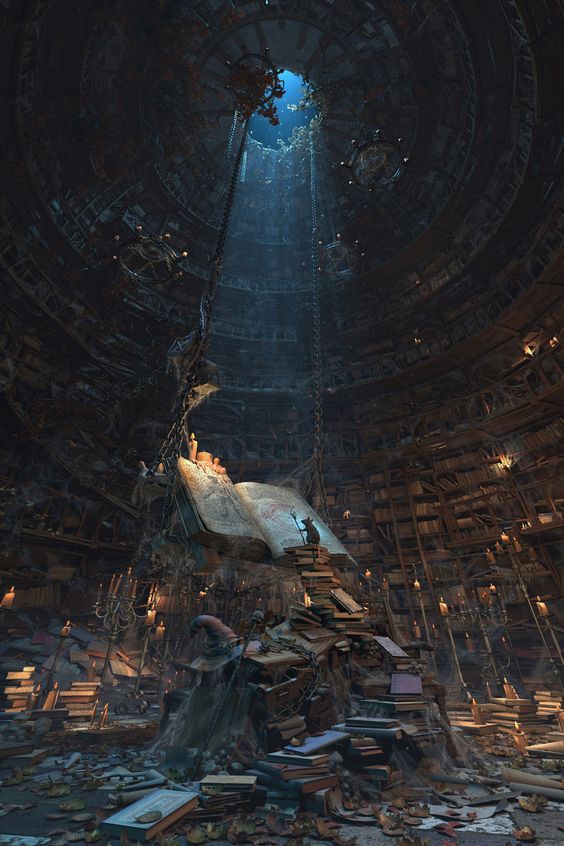

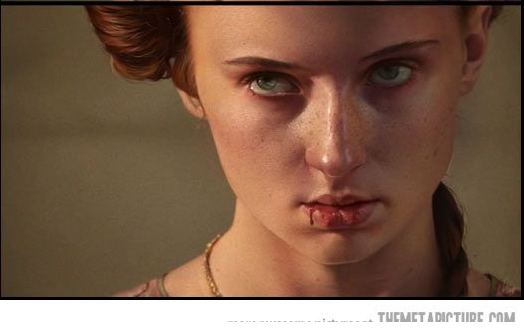
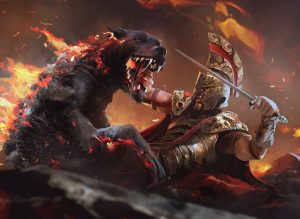
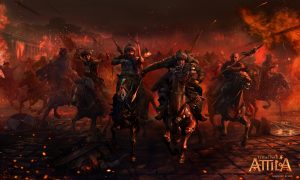
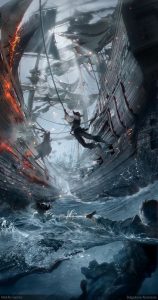

I’ll have a few comments to post here. But one just demands that I stop reading a ask. You have a painting above titled Legend of the Cryptides. I went to google to see if that was a book. but the only results I found were more art. That picture is worth 50,000 words in that one depiction. Why isn’t this a book, and if it is, where is it?
Ha ha, yes. I have many of these in one of my Pinterest boards. Legend of the Cryptides is a card game, like Magic the Gathering. But the artwork for all the different cards is amazing! I don’t know anything else about the game itself. As for some of these others, I believe many are concept art for video games. ?
Reblogged this on The Shifting Balance Series.